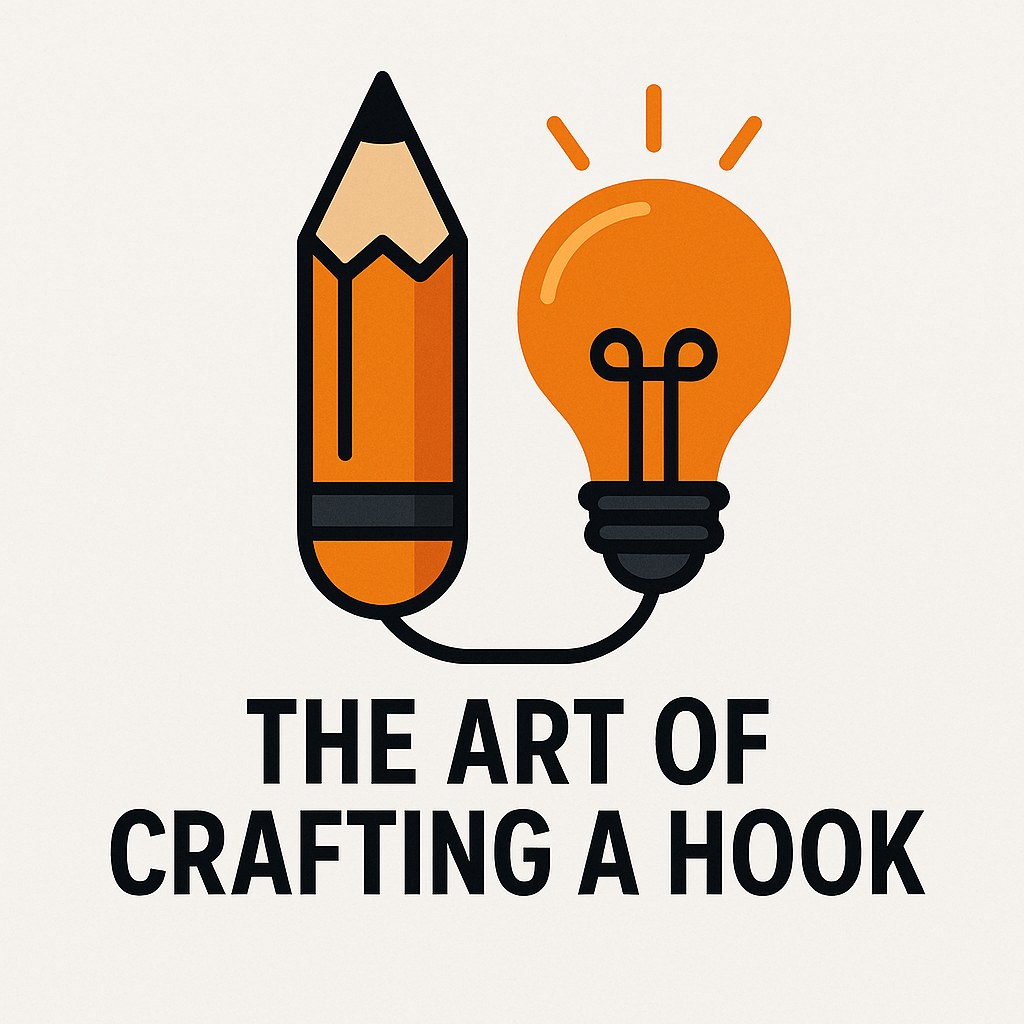The Art of Crafting a Hook: How to Grab Readers From the First Line
A strong essay introduction is your essay’s heartbeat — it sets rhythm, energy, and direction. Learn the art of crafting a perfect hook, and you’ll turn even the most ordinary topics into something people want to read. After all, every great essay begins with one great line

The Art of Crafting a Hook: How to Grab Readers From the First Line
Introduction
You’ve only got one chance to make a first impression — and in writing, that’s your opening line. Whether it’s a school essay, scholarship statement, or personal reflection, your essay introduction decides whether the reader wants to keep going. The secret is simple: start strong, stay relevant, and spark curiosity.
1. Understand What a Hook Really Does
A hook is the sentence or idea that pulls your reader in. It’s not just a fancy opening — it’s an invitation. The best essay hooks connect emotion, curiosity, and purpose. Think of it like a movie trailer; it gives a glimpse of what’s to come without revealing the whole plot.
Examples of great hook types:
-
A surprising fact: “More people own a mobile phone than a toothbrush.”
-
A question: “What would you sacrifice for success?”
-
A short story: “At 3 a.m., I realized failure wasn’t the end — it was the start.”
Each style uniquely grabs attention.
2. Match Your Hook to Your Essay Type
Not every essay needs the same kind of opening.
-
Argumentative essays work best with facts, statistics, or bold statements.
-
Descriptive or reflective essays shine with emotion or imagery.
-
Academic essays can begin with a thoughtful question or quote.
When your hook fits your topic, it feels authentic and natural instead of forced.
3. Keep It Relevant
A great hook only works if it leads smoothly into your thesis. If your essay is about time management, don’t start with a quote about love or space travel. Every word should point toward your central idea.
The goal of your introduction is to guide the reader from curiosity to clarity — from “Wow, that’s interesting” to “I understand what this essay is about.”
4. Avoid Common Hook Mistakes
Writers often trip up with overused or exaggerated hooks. Avoid:
-
Clichés like “Since the dawn of time…”
-
Unrelated jokes or random facts
-
Quotes you can’t explain
A hook should feel original, honest, and meaningful. Think like your reader — would you want to keep reading after that first line?
5. Practice Makes Perfect
Writing good hooks takes time. Try writing three different introductions for your next essay, each with a unique tone or style. Compare them and see which one feels the most natural. You’ll soon notice patterns in what draws attention and what feels flat.
Conclusion
A strong essay introduction is your essay’s heartbeat — it sets rhythm, energy, and direction. Learn the art of crafting a perfect hook, and you’ll turn even the most ordinary topics into something people want to read. After all, every great essay begins with one great line